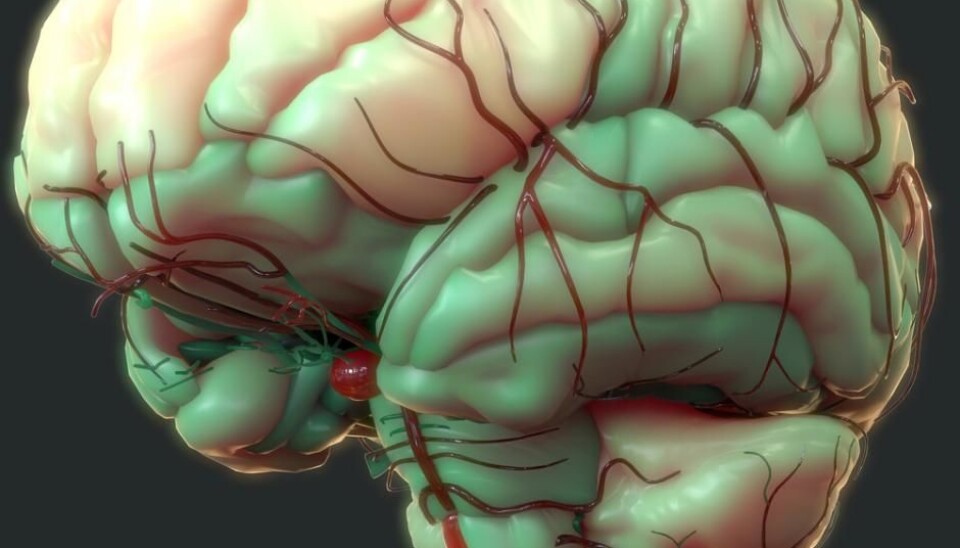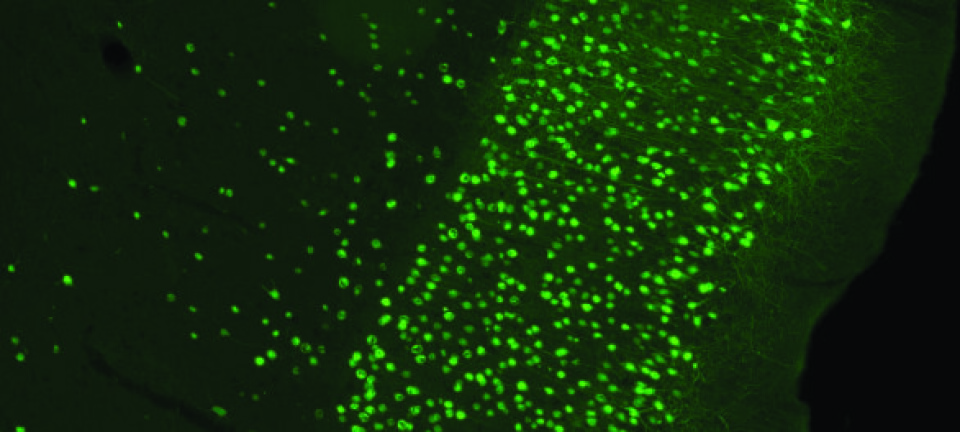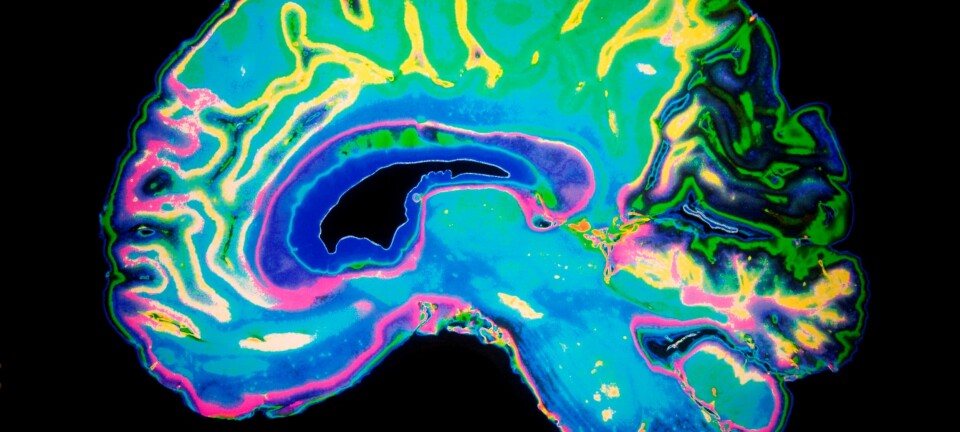
Scientists map how the brain fights viruses
New research has identified how the brain fights viral infections. The results may have implications for the fight against everything from multiple sclerosis to Alzheimer's disease, schizophrenia, and depression.
The brain is the body’s most complex and delicate organ. And since brain cells cannot be regenerated, the brain needs to take good care of them.
That is why the brain is equipped with its own immune system. And now, scientists think they have finally discovered how this immune system works.
A new study has discovered that one particular type of cell, called microglia, acts as “first responders to the scene” when the brain needs to defend itself.
It does so by coordinating the immune system's defence against the virus trying to infect the brain.
When microglia are not functioning optimally, it can lead to inflammation of the brain. And dysfunctional microglia may also be involved in diseases such as multiple sclerosis, depression, schizophrenia, and Alzheimer’s disease.
“There are several indications that errors in microglia signalling pathways can lead to inflammation of the brain. Several findings also indicate that the immune system plays an increasing role in the development of Alzheimer’s and other brain disorders. Our results can be used to study these diseases and learn more about them,” says co-author Line Reinert, Associate Professor from the Department of Biomedicine, Aarhus University.
The study is published in the scientific journal Nature Communications.
Scientist: Very elegant and thorough research
Allan Randrup Thomsen, Professor in the Department of Immunology and Microbiology at Copenhagen University, Denmark, studies the immune system and viral infections, but was not involved in the new research.
He is impressed by the thoroughness of the new study.
“It’s a very elegant piece of work, where the scientists really get down to the details of cell cooperation in the early defence against viral infections,” says Thomsen, who believes that the new results are not only significant for our understanding of the brain.
“Although [this study is about] brain cells, it can also be used to gain insight into how cells respond to viral infections in other tissues,” he says.
The immune system surprises scientists
The new study uses mice with genetic defects in one part of their immune system, called STING/CGAS-system.
The STING/CGAS-system detects foreign DNA introduced by a virus or a dead brain cell. When foreign DNA is detected, the STING/CGAS-system sounds an alarm that tells the microglia cells to surround the cells with foreign DNA and tells the immune system to destroy it.
The scientists then injected mice with a herpes virus and saw that they were more susceptible to developing inflammation of the brain.
The mice without a functioning STING/CGAS-system became infected with more viruses in the brain than the control group.
Even though large numbers of microglia cells collected in the infected areas of the brain, they were unable to defeat the virus.
“It surprised us, because we had expected a lack of STING/cGAS proteins in the brain would mean that it couldn’t call the emergency services(Microglia), so to speak,” says Reinert.
Her explanation is that the microglia cells were on the spot but simply couldn’t organise their response without the STING/CGAS-system.
Microglia have a 1,000 times stronger immune system
To understand what went wrong in the immune system response, the scientists extracted three different cell types from the mice brains: neurons, astrocytes, and microglia. They then grew the cells in petri dishes.
Subsequently, they exposed the cells to viruses to discover how the various cell types reacted to the virus.
They saw that the microglia reaction to the virus was 1,000 times stronger than that of the neurons or astrocytes.
“Neurons and astrocytes are not able to defend themselves, but microglia can. It can produce the substances necessary to fight the infection. They have a far better immune system response,” says Reinert.
Microglia coordinate response against viruses
Although the microglia cells can defend themselves, they cannot help neighbouring cells if they cannot warn them of an impending attack.
The scientists discovered that microglia secrete a substance called interferon, which warns the nearby cells and causes them to initiate their own immune response.
"We have mapped a very complex communication between the cells, in the way in which they warn each other. Microglia usually hover over the other cells in the brain, and we’ve discovered how they communicate their findings of the invading viruses to other cells, so that they can defend themselves,” says co-author, Professor Søren Palludan from Aarhus University.
Immune response in other brain cells
According to Reinert, it was not previously known that microglia played such an important role in recognising the foreign DNA by viral infections in the brain. Scientists knew about the STING/CGAS-system, but they did not know how it cooperated with the cells.
The new results provide insights into how brain cells communicate with each other to keep the brain healthy and infection-free. But it can also be used to get a better understanding of what happens when things go wrong.
This might mean that hyperactive microglia can cause the immune system to attack the brain’s own cells, as is the case for multiple sclerosis sufferers.
“Our next project will look at specific diseases and what role these things play when the brain is damaged. It’s a fine balance. If the immune system isn’t effective enough it can cause brain damage and diseases—but this can also happen if the immune system is overly effective. These are the sorts of things that we’ll be looking at next,” says Reinert.
-----------------------
Read the Danish version of this story on Videnskab.dk
Translated by: Catherine Jex









